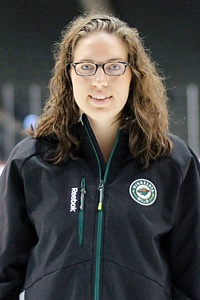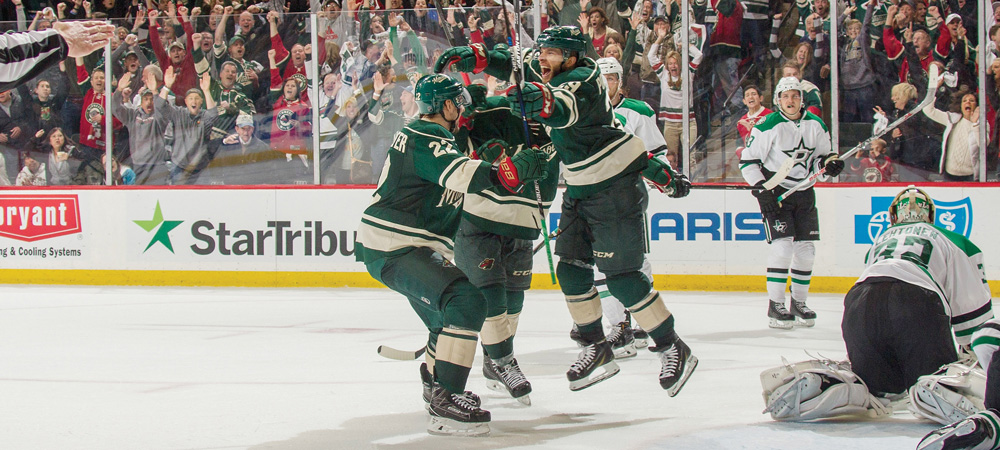Most professional sports leagues and teams have embraced data analytics as a way to evaluate player performance and influence playcalling, a movement most famously depicted in the book and movie "Moneyball." But the National Hockey League has been relatively slow to embrace the approach.
Baseball, after all, has been a stats-driven sport for decades, and its fans are well versed in the value of BA, ERA, WHIP and even OPS and BABIP. And football not only employs an endless array of complex, drawn-up plays and schemes on both sides of the ball, but also collects and critically analyzes data on its players’ physical attributes and skills—such as height, speed, bench press repetitions and even hand size—like few other sports do.
Not long after NHL executives started looking beyond their scouts to bring in non-traditional voices into the decision-making processes that shape their multimillion dollar franchises, Alexandra Mandrycky, IE 13, was ready to be heard.
Although watching and studying hockey was merely a growing hobby while she worked on her industrial engineering degree at Tech, Mandrycky realized that the data analytics she picked up from the sport also applied to her undergraduate classes. After she got out of Tech, Mandrycky decided to pursue data analytics in the hopes it could make following hockey something much more than a pastime.
Mandrycky’s own shot at securing a job with an NHL squad first came through a consultant gig with the Minnesota Wild last September. In January, that turned into a full-time position as a hockey operations analyst. “It’s still surreal that I’m working for a pro hockey team,” Mandrycky says. “It says a lot about the Minnesota Wild that they are open to outside voices.”
Read the rest of Mandrycky's profile here: http://bit.ly/29noiO5.

